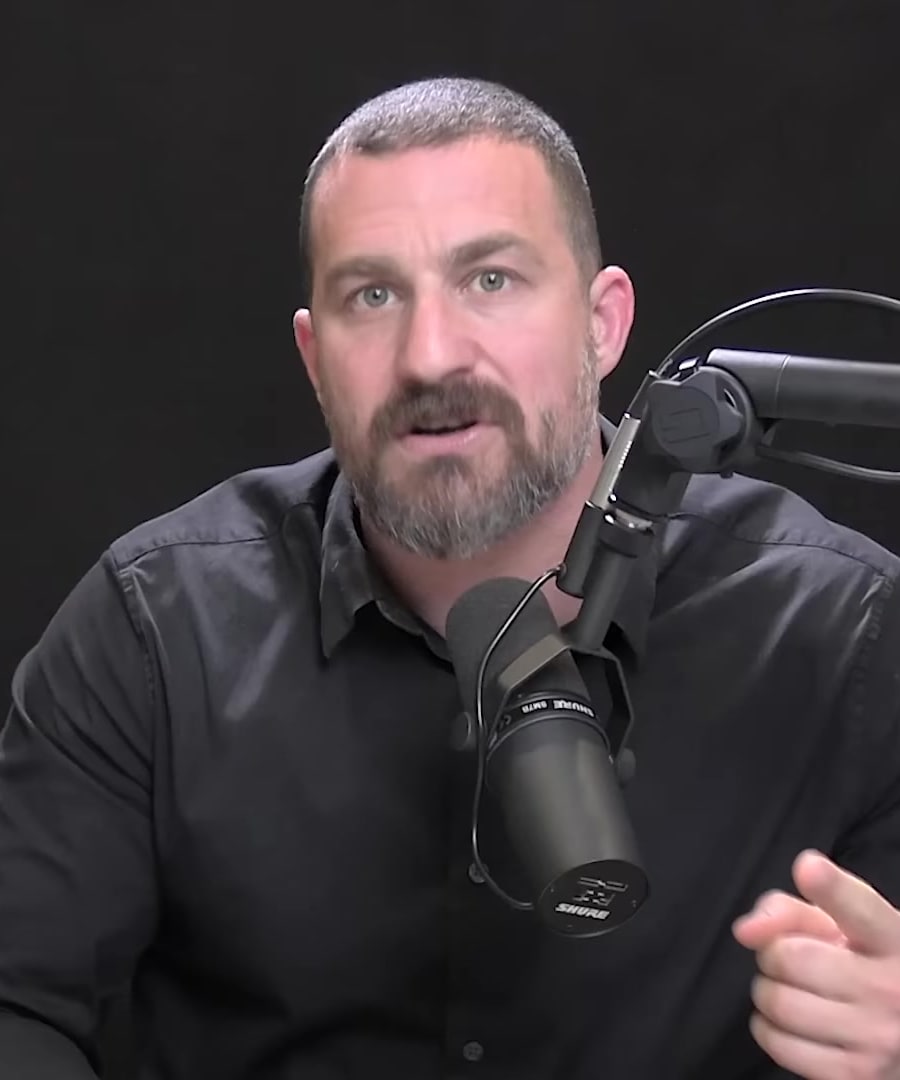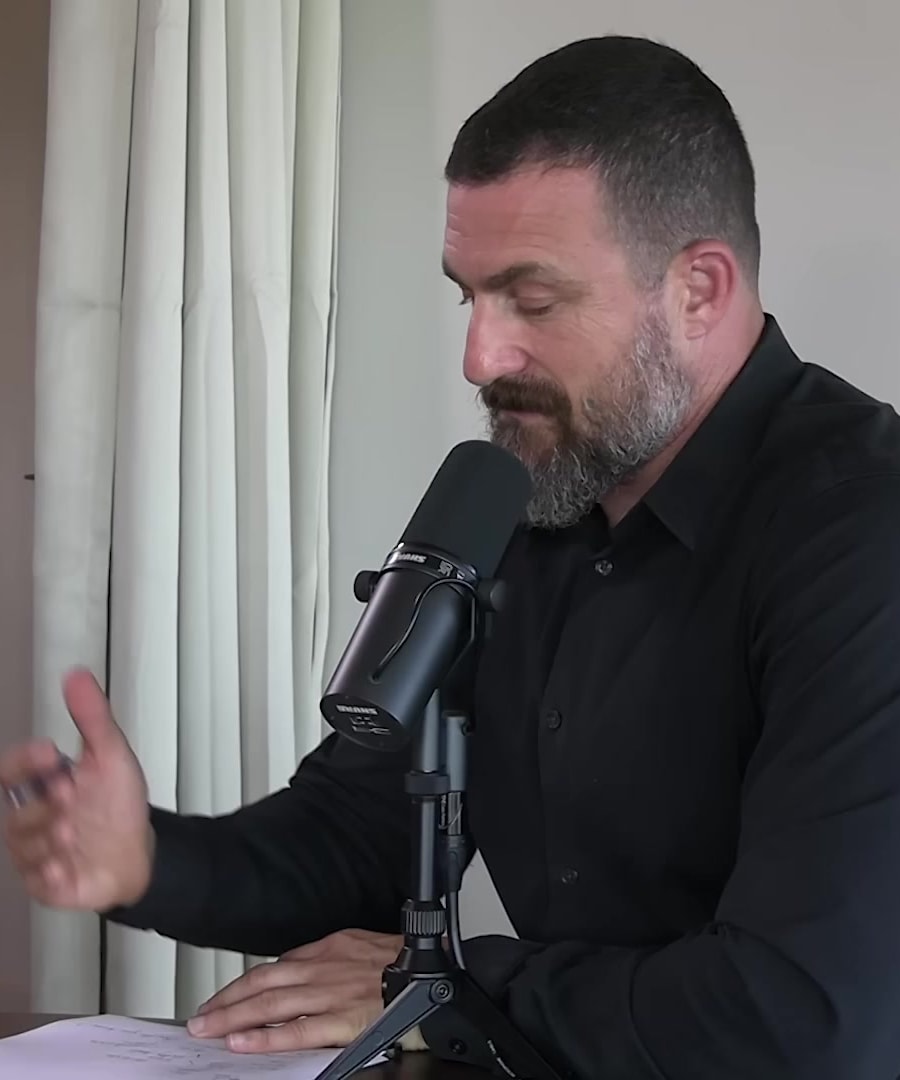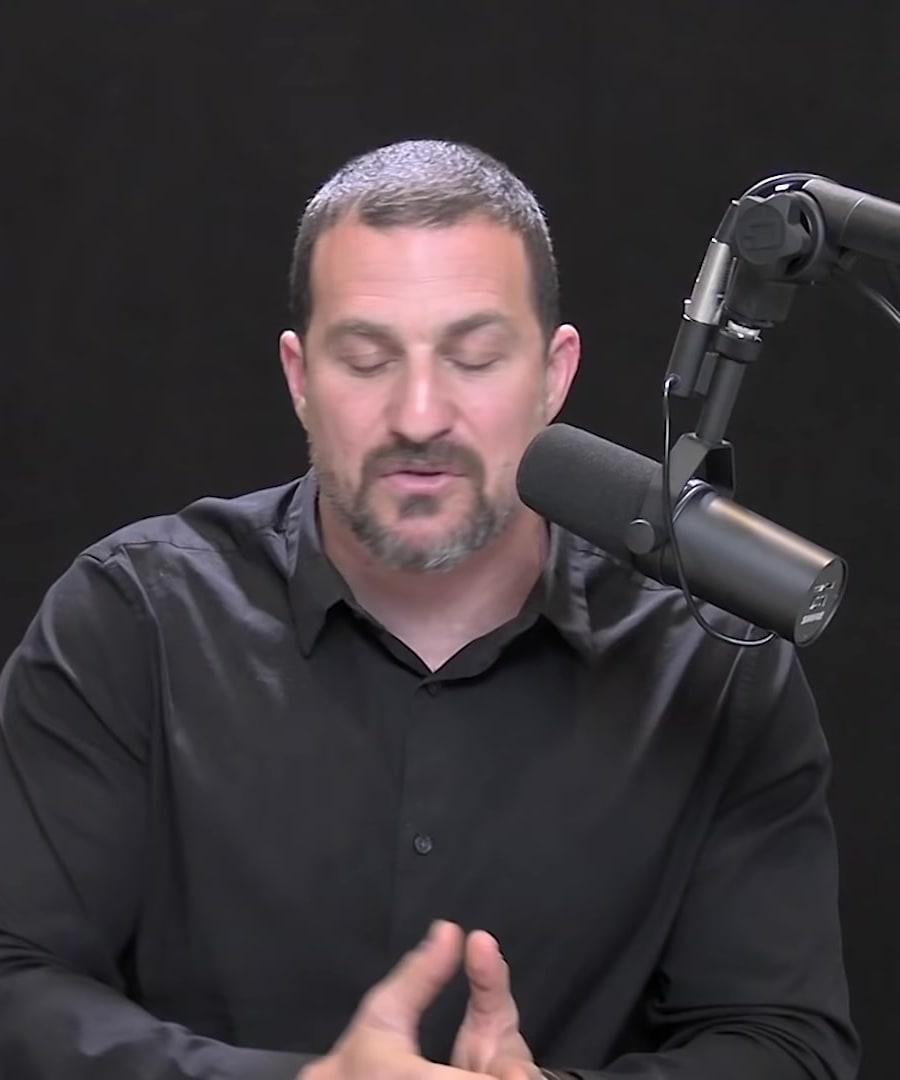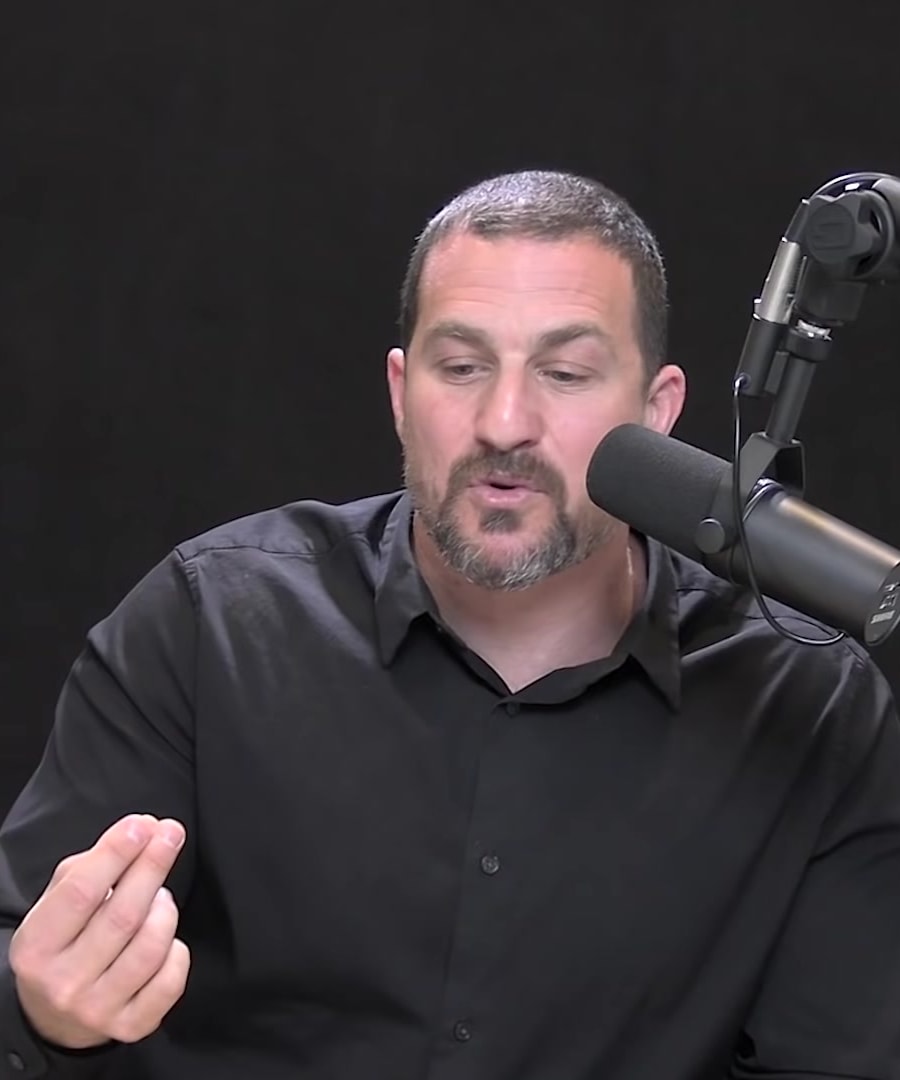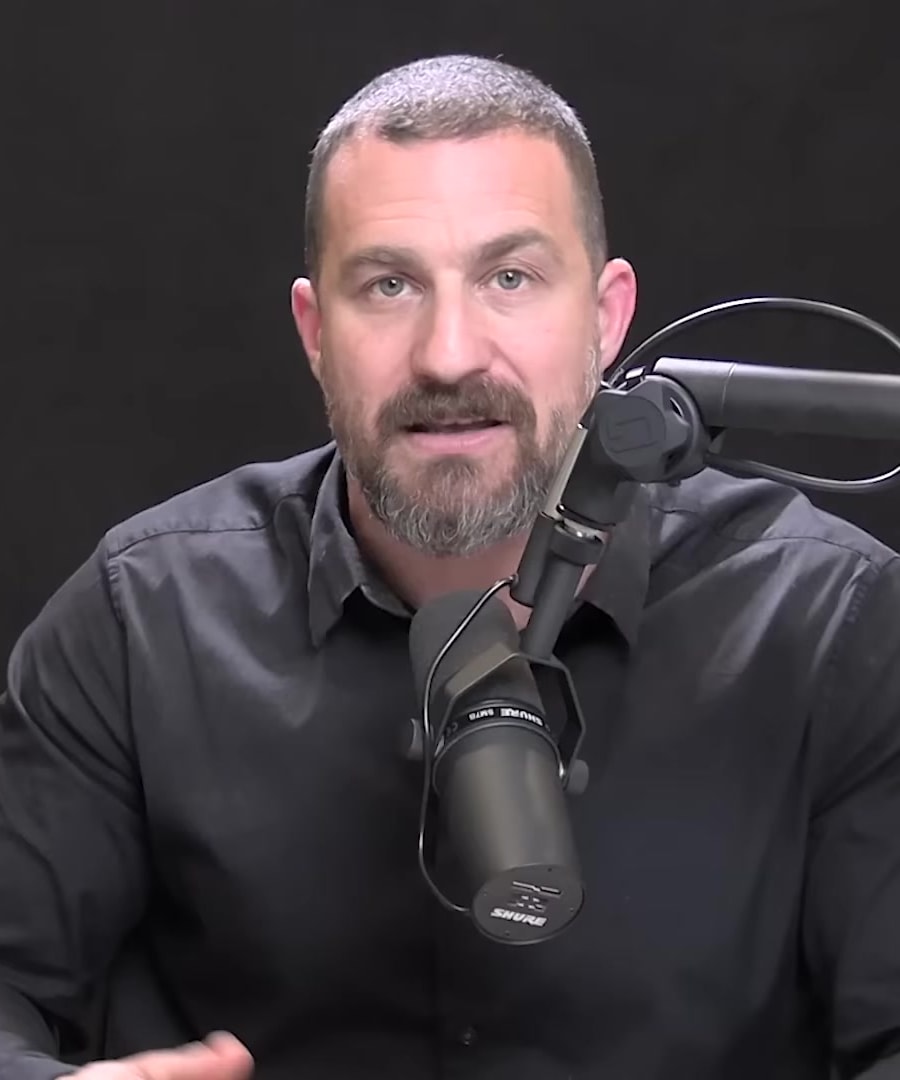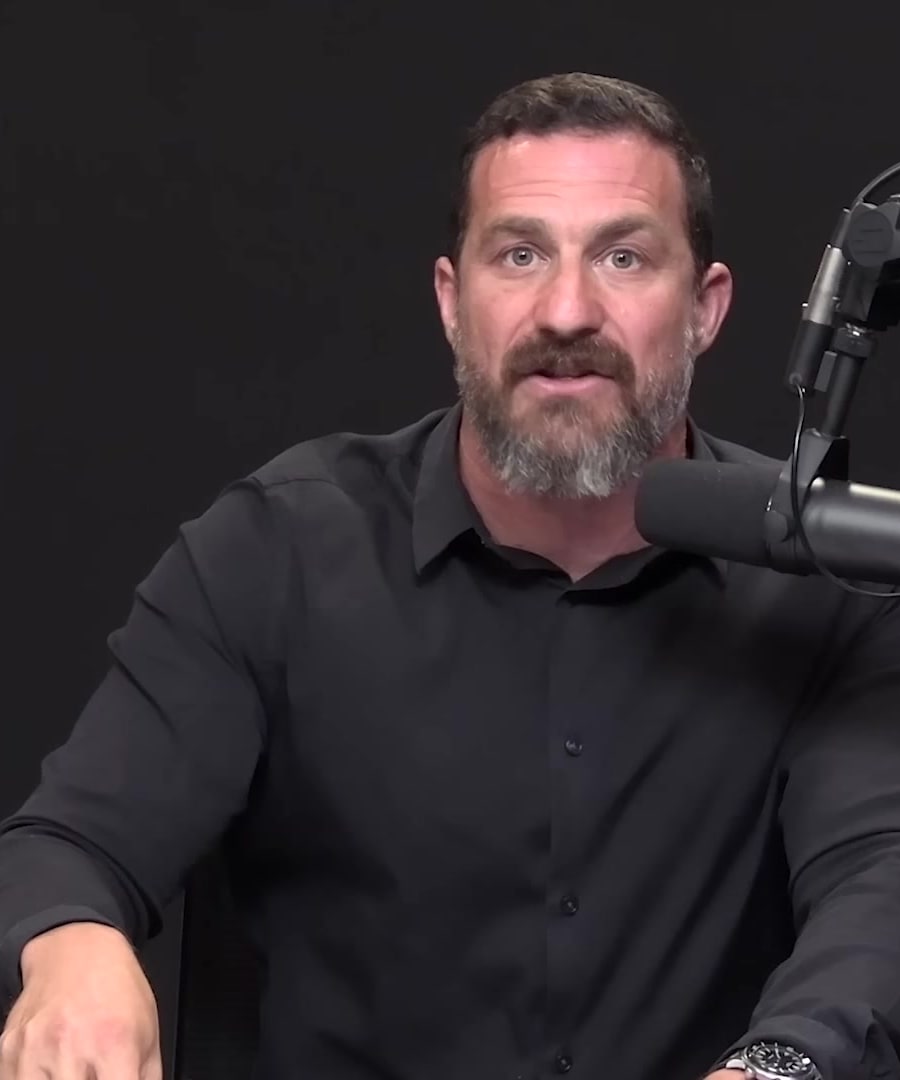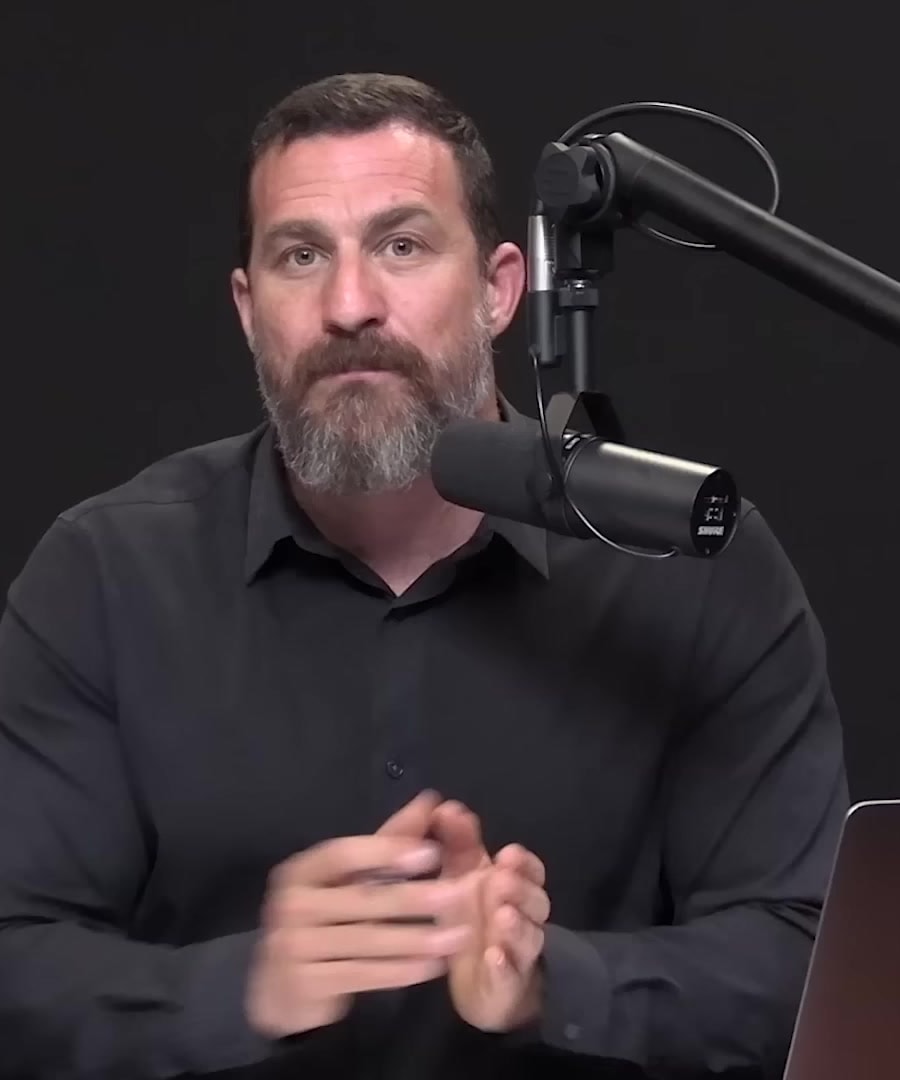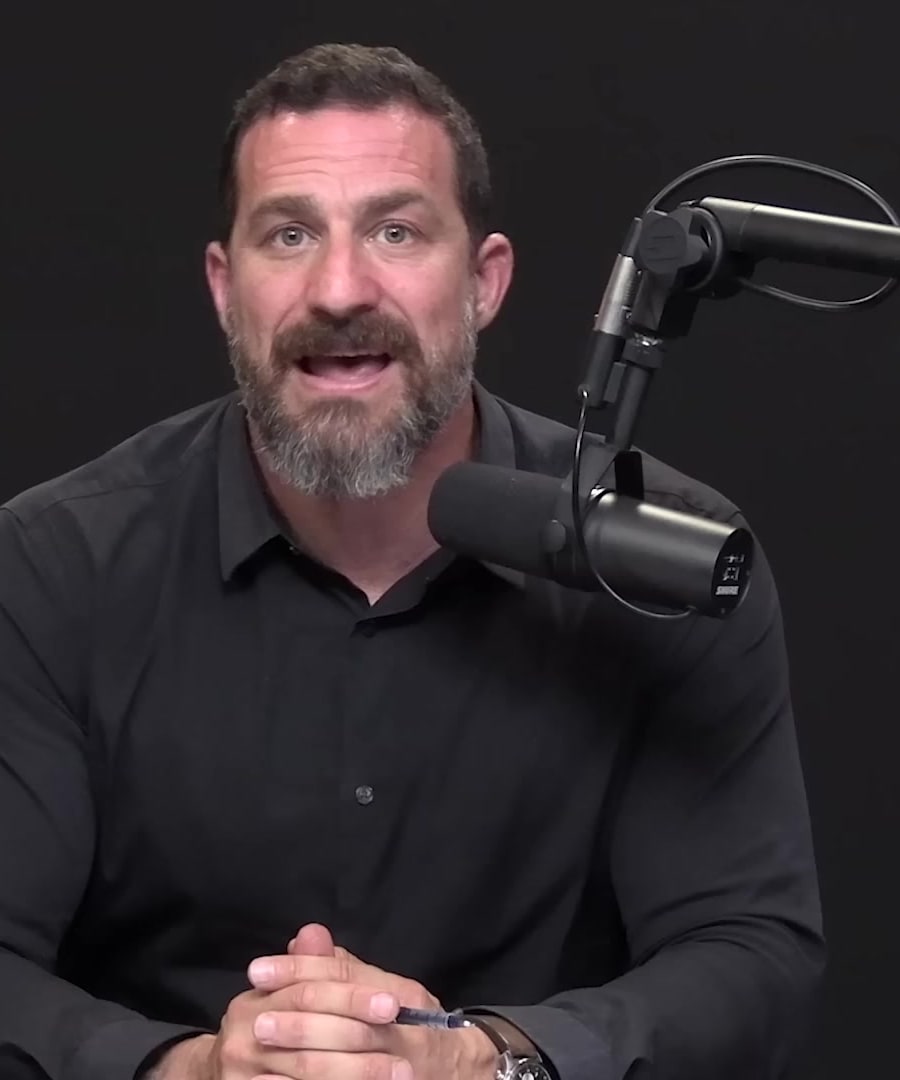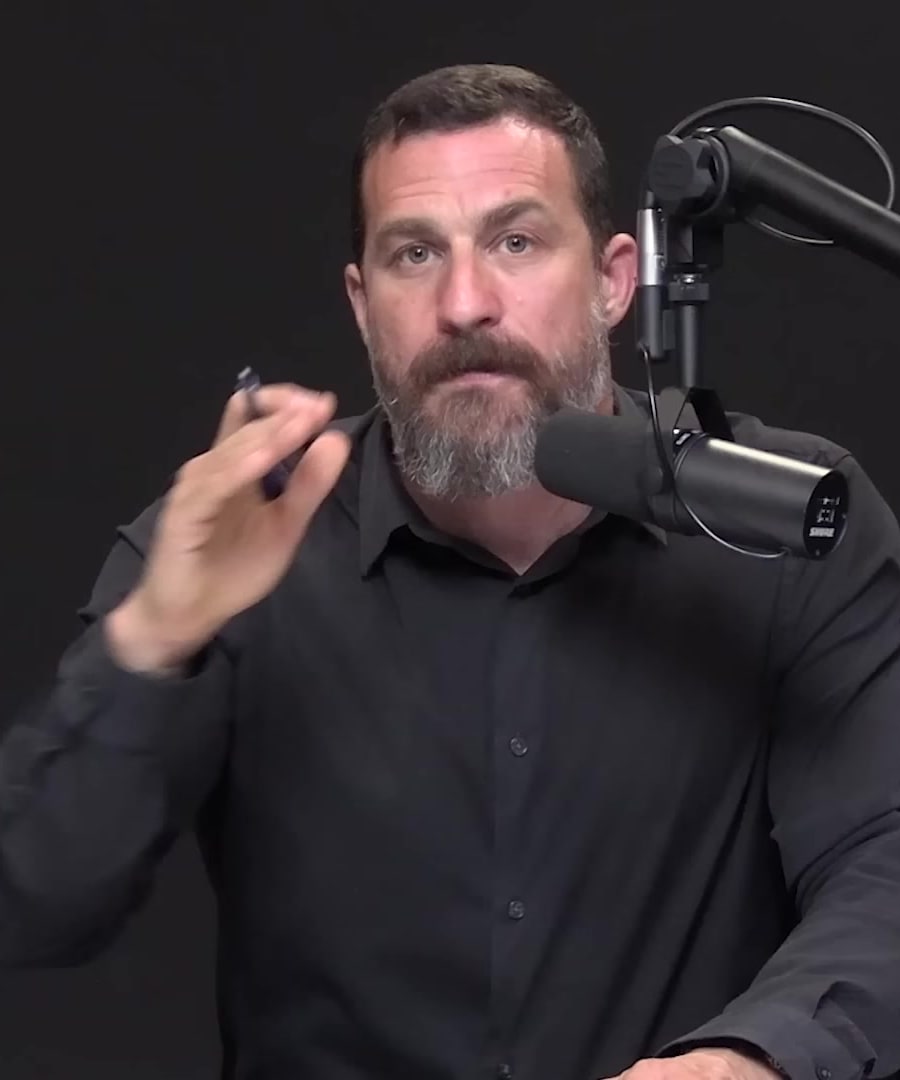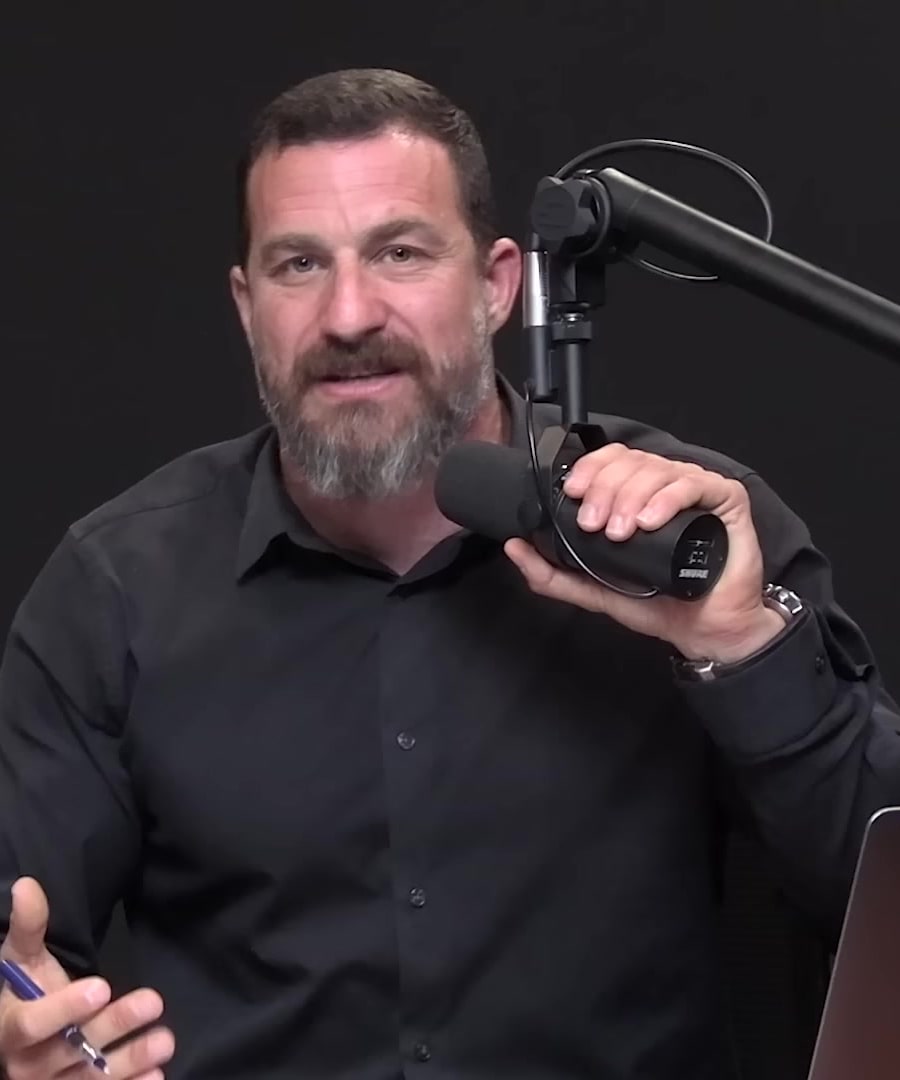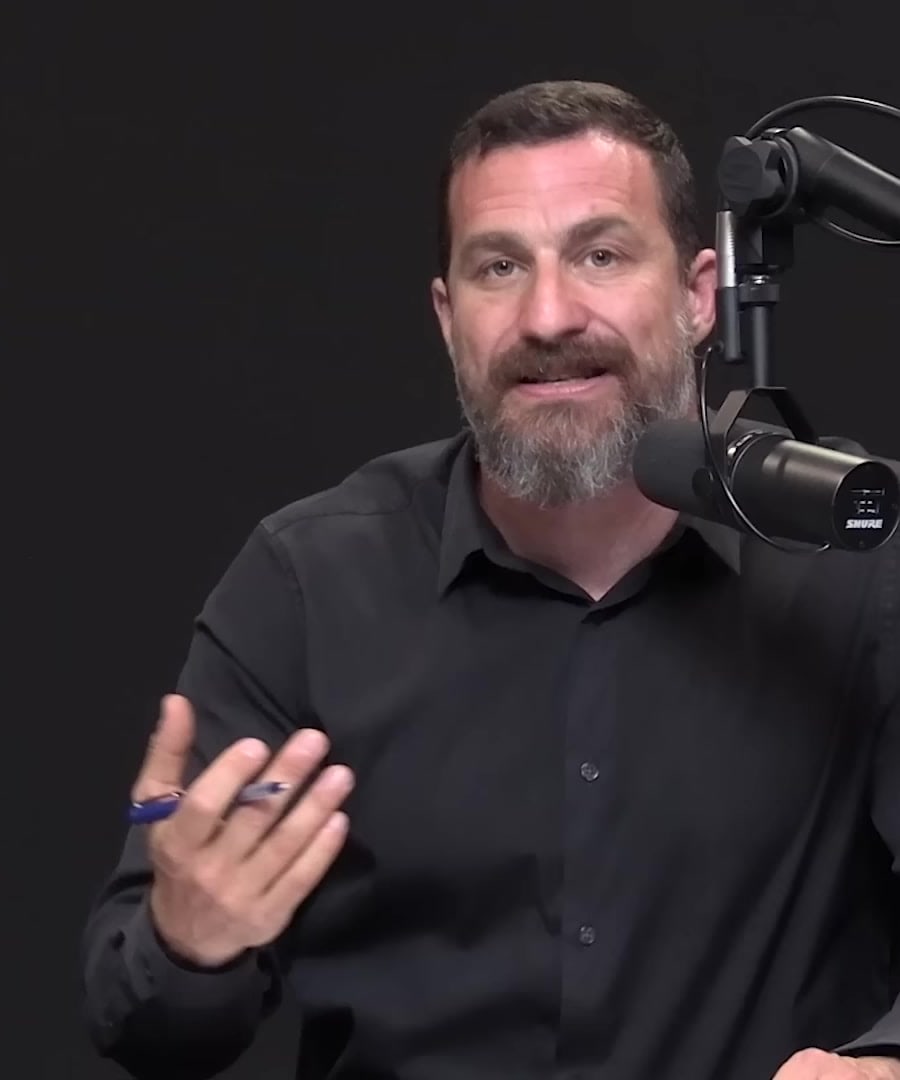Why does dopamin crash after a peak?
Sources:
Dopamine crashes after a peak, typically because the level of dopamine drops below the baseline level after a high dopamine-releasing event or activity. The extent of the drop is proportional to how high the peak was; more intense the peak, deeper the trough would be. This drop can lead to a subsequent decrease in mood and motivation until dopamine levels eventually return to baseline 1.
Repeated engagement in activities that cause intense dopamine peaks may lead to an overall depletion of baseline dopamine levels, which can result in a diminished ability to feel pleasure or motivation from those or other activities, and it can take a substantial amount of time for baseline levels to recover 2.
To maintain healthy baseline dopamine levels, it's important to avoid or moderate behaviors and substances that lead to extreme peaks in dopamine. Gradual reduction or complete cessation of such activities can replenish the dopamine reserve and help restore the baseline 2.
To further illustrate this concept, the dopamine wave pool analogy described by Dr. Kyle Gillett on the Huberman Lab explains how our motivation fluctuates naturally, and how after a high peak, such as the use of stimulants or intense experiences, the subsequent trough can be so deep that the overall amount of dopamine available decreases, which affects future dopamine peaks and the overall baseline 3.
Understanding this process can help in strategically approaching rewarding activities and setting goals to ensure long-term success and satisfaction without triggering detrimental troughs in dopamine levels 4.
RELATED QUESTIONSHow can someone recover from a dopamine crash?
Sources:
To recover from a dopamine crash, it's essential to understand that the phenomenon is common after the ingestion of any stimulant, and it involves a drop in mood, increased lethargy, and feelings of lack of motivation. Contrary to popular belief, immediately after the usage of a substance, the crash is not typically caused by a depletion of serotonin or dopamine or by the death of neurons related to these neurotransmitters. Protocols you might find on the internet about taking precursors to serotonin or dopamine to buffer the crash are not supported by evidence and can sometimes be detrimental 1.
There are several strategies that can be implemented to recover from a dopamine crash and replenish dopamine levels:
- A break from dopaminergic seeking behaviors and substances is crucial as continuing these can further deplete dopamine 2.
- Engaging in activities that can boost dopamine in a non-addictive way, such as cold water exposure and breathing techniques to enhance neurotransmitter levels, can be beneficial 3.
- Understanding that a too frequent pursuit of activities that cause dopamine spikes can lead to an increased need for those activities, potentially escalating into addictive behaviors. Learning to establish healthy dopamine schedules can help maintain motivation and avoid dopamine crashes 4.
Adopting a rational perspective and reducing intense celebratory behaviors after achieving goals can prevent the reward response from becoming too acute, thus reducing the intensity and frequency of dopamine crashes 5.
These approaches also suggest the importance of a recovery period, setting realistic expectations, and engaging in alternate activities that offer more sustainable enjoyment and fulfillment. Consulting health professionals for personalized advice is also advised, especially for individuals with mental health conditions or those taking medications that affect dopamine levels.
RELATED QUESTIONSWhat is meant by "The effort part is the good part"
Sources:
The phrase "The effort part is the good part" reflects a mindset where engaging in the process and exerting effort is perceived as rewarding. discusses this concept in relation to the growth mindset theory developed by Carol Dweck, where the act of striving and putting forth effort is an end goal in itself, leading to enhanced performance. This approach shifts the focus from solely achieving outcomes to finding pleasure and reward in the effort expended towards goals 1.
Furthermore, praising effort rather than outcomes can lead to increased performance and the selection of more challenging tasks. It's the recognition that the process of working hard and persistently, and working through challenges, is inherently valuable and can lead to greater satisfaction and success 2. This understanding can cultivate a growth mindset that encourages continuous improvement and resilience. It's about internalizing that the struggle, the exertion, and the problems faced during the process are where the actual rewards are derived - not just in the endpoint or achievement 3.
explains that when we attach effort to an internally generated reward system and embrace the friction and challenge, we can evoke dopamine release and increase baseline dopamine levels, making effortful tasks feel more pleasurable over time. This reframing changes our engagement with tasks, making the effort itself a source of enjoyment and satisfaction 3.
RELATED QUESTIONSHow does effort relate to dopamine release?
Sources:
Effort directly influences the release of dopamine, which is often referred to as the "motivation molecule." explains that dopamine plays a crucial role in our desire to exert effort and pursue goals. By understanding how dopamine works, we can actually schedule the release of dopamine to benefit our motivation and drive. The relationship between the release of dopamine in the brain and the exertion of effort means that one can control dopamine release through tasks and challenges 1.
Moreover, discusses the notion of making effort itself rewarding. This can be achieved through a psychological reframing, by which we recognize that engaging with effortful tasks, even if they are difficult or painful, eventually leads to enhanced dopamine release, and thus greater pleasure and satisfaction. Repeatedly focusing on effort rather than the outcome can reinforce this relationship, eventually making the effort feel rewarding in itself 2.
Andrew also touches on the concept of the 'growth mindset'—a belief that you can get better at something over time—which can be supported by this rewarding nature of effort. This mindset goes hand in hand with the brain’s dopaminergic systems and influences how the expectation of effort can result in heightened dopamine release and therefore enhance motivation 3.
Thus, by linking effort and challenge to dopamine release, individuals can foster a positive cycle that boosts motivation and makes the pursuit of goals feel inherently rewarding. This creates a more sustainable and enjoyable process of achieving objectives, detached from the sole dependence on external rewards.
RELATED QUESTIONSHow does effort relate to dopamine release?
Sources:
Effort is strongly related to dopamine release, which is a crucial neurotransmitter in the brain's reward system that drives motivation and seeking behavior. has spoken extensively about harnessing dopamine release through effort. On the , he detailed how we can find pleasure in the friction and challenge of effort by consciously reframing these experiences. When we engage in effortful tasks and focus on the process rather than just the outcome, we can evoke dopamine release over time, subsequently enhancing our enjoyment and satisfaction from these activities 1.
Moreover, explains that effort leads to an increase in dopamine release, which can later increase the baseline levels of dopamine. This reframing—the idea that the effort itself can be enjoyable—is pivotal for fostering a growth mindset and for finding pleasure in the exertion of effort. He emphasizes that when we focus only on external rewards, such as trophies or grades, we miss out on the powerful internal rewards that effort itself provides 2.
In order to make effort the reward, it is important to shift one's perception of the challenging experience as something pleasurable—a process which can be challenging but rewarding in itself. It has been noted that high levels of dopamine are beneficial after having made a substantial effort towards a goal 3.
This concept is intertwined with the idea of a growth mindset, where learning to access rewards from effort is essential. By focusing on the effort as the reward, people can perform better, as they are not solely dependent on external validation but are instead motivated by the intrinsic pleasure of the effort 2.
Furthermore, cautions against artificially spiking dopamine levels both before and after engaging in effort, as this can interfere with the natural pleasure derived from effort itself 1. Understanding the dynamics of dopamine can therefore help individuals to overcome procrastination and optimize their efforts towards their goals 4.
RELATED QUESTIONSHow does valuing effort contribute to resilience?
Sources:
Valuing effort plays a significant role in the cultivation of resilience, as highlighted by discussing the concept of "Growth Mindset" developed by Carol Dweck. When individuals focus on the process of striving and learn to view effort as the endpoint rather than just a means to an end, they often experience better performance. This is due to the fact that focusing on the effort itself can help engage the prefrontal component of the brain's mesolimbic circuit, which is involved in the reward system. Through such a focus, individuals can learn to derive dopamine release from experiencing friction and challenge, which is intrinsically rewarding.
Additionally, by valuing effort and attaching pleasure to the feeling of friction and effort, people can actually increase their efficiency and energy during the task. This also builds the ability to return to challenging activities with less reliance on external stimuli like caffeine or loud music, as one learns to stimulate their internal reward system. Essentially, this can help a person withstand the natural challenges and setbacks they may experience and lean back into the activity the next time with a more robust reward system that they control.
This process of associating effort with internally generated rewards fosters resilience, as it builds the ability to persist through difficulties and maintain motivation for challenging endeavors without constant dependence on external rewards or encouragement. Thus, valuing effort promotes a sustainable and self-reliant form of motivation and performance, crucial for resilience 1.
RELATED QUESTIONSHow to get motivated?
Sources:
To boost motivation, offers several interesting strategies:
-
Using Music: Music can evoke different physiological responses within our brain and body, including activation of premotor and motor circuits that mobilize our body from its current state to a new one. This can help increase motivation, especially when listening to music prior to engaging in an activity 1.
-
Understanding Dopamine: Motivation involves a balance of pleasure and pain, where dopamine is released in anticipation of something we crave, thereby narrowing our focus and increasing desire to take action 2.
-
Leveraging Moments of Focus: If you want to get motivated for cognitive tasks, taking breaks and listening to music, especially inspirational music with lyrics you're familiar with, can enhance your ability to focus and learn once you resume 3.
-
Avoiding Stimulant Overuse: Caution is advised against using stimulants like energy drinks and drugs every time one engages in activities like studying or working out. Over time, this can deplete dopamine and reduce motivation and drive. Instead, intermittent spiking of dopamine should be preferred 4.
-
Overcoming Procrastination: To overcome procrastination, consider doing something steeply uncomfortable but safe, like a cold shower. This kind of 'pain' can help bounce back from low motivation more quickly than waiting for the feeling to pass on its own 5.
-
Visualizing Outcomes: When already motivated, visualize the positive outcomes of achieving your goals. If motivation is lacking, spend a few minutes focusing on the potential negative consequences of failing to achieve the goals to kickstart action 6.
-
Diverse Motivation Techniques: Different people use various motivations, such as creating accountability or doing things out of love or hate. Epinephrine, crucial for alertness and motivation, is released regardless of the underlying emotion. Identifying multiple reasons why a goal is important can also be powerful 7.
-
Understanding Desire and Craving: Recognize that craving triggers an increase in dopamine, which then drops below baseline, intensifying motivation to fulfill that desire. Awareness of craving's role in motivation can help leverage dopamine to push through challenges and procrastination 8.
These insights reflect the complexity of motivation and the ways we can influence it to drive us towards our goals.
RELATED QUESTIONS-
How to use discomfort to overcome procrastination?
Sources:
To overcome procrastination using discomfort, advises engaging in an activity that's more effortful or even uncomfortable than the current state of amotivation or procrastination. By doing so, you can rebound yourself out of the low motivation or dopamine trough much more quickly 1. Importantly, the type of discomfort suggested isn't about self-harm or causing any damage; it's about engaging in an activity that puts your body and mind into a different or more challenging state safely.
One specific example given is using cold exposure, such as a cold shower or cold plunge, to get into a state of discomfort quickly and thereby increasing dopamine levels 2. This creates what's described as "limbic friction" – a resistance that you need to push against which in turn helps you move out of the unmotivated state. The idea here isn't to accomplish anything in particular with the activity itself but to force your body and mind into a more painful state of discomfort to accelerate the return to baseline levels of dopamine and overcome procrastination.
Other effortful activities, like a brief meditation session, can also serve this purpose, especially if it’s an activity that's typically challenging for you to engage in 3. The goal is to step into an effortful state that steepens the slope of the dopamine trough, helping you bounce back faster and restore motivation.
RELATED QUESTIONSEsplain the wave pool analogy of dopamin
Sources:
The wave pool analogy of dopamine, as explained by , is a way to visualize how dopamine functions in our brain and body, particularly in relation to motivation and pursuit. Imagine a wave pool, which is essentially a large pool that creates artificial waves. These waves can vary in height—small ripples representing small peaks, or large waves representing large peaks in dopamine 1.
If you create very large or frequent waves, then water, which in this analogy represents dopamine, can spill out of the pool, decreasing the pool's baseline, or the overall water level. This represents a drop in the baseline amount of dopamine available.
However, if the waves are smaller or occur less frequently, the baseline water level in the wave pool stays constant, representing a stable dopamine level.
Understanding the relationship between dopamine peaks and baseline is important because if the baseline drops significantly due to massive peaks—which can happen with the use of certain substances or intense experiences—it can lead to a lack of motivation or the need for longer recovery periods.
On the other hand, maintaining a healthy baseline of dopamine with smaller or less frequent peaks can ensure a steady level of motivation and pursuit 1 2. This analogy helps illustrate the importance of balance in our dopamine system and the potential consequences of activities or substances that dramatically increase dopamine levels. It implies that managing the intensity and frequency of dopamine-inducing experiences is key to avoiding depletion of our "dopamine pool."
RELATED QUESTIONS
Why does dopamin crash after a peak?
- RELATED QUESTIONS
How can someone recover from a dopamine crash?
- RELATED QUESTIONS
What is meant by "The effort part is the good part"
- RELATED QUESTIONS
How does effort relate to dopamine release?
- RELATED QUESTIONS
How does effort relate to dopamine release?
- RELATED QUESTIONS
How does valuing effort contribute to resilience?
- RELATED QUESTIONS
How to get motivated?
- RELATED QUESTIONS
How to use discomfort to overcome procrastination?
- RELATED QUESTIONS
Esplain the wave pool analogy of dopamin
- RELATED QUESTIONS

